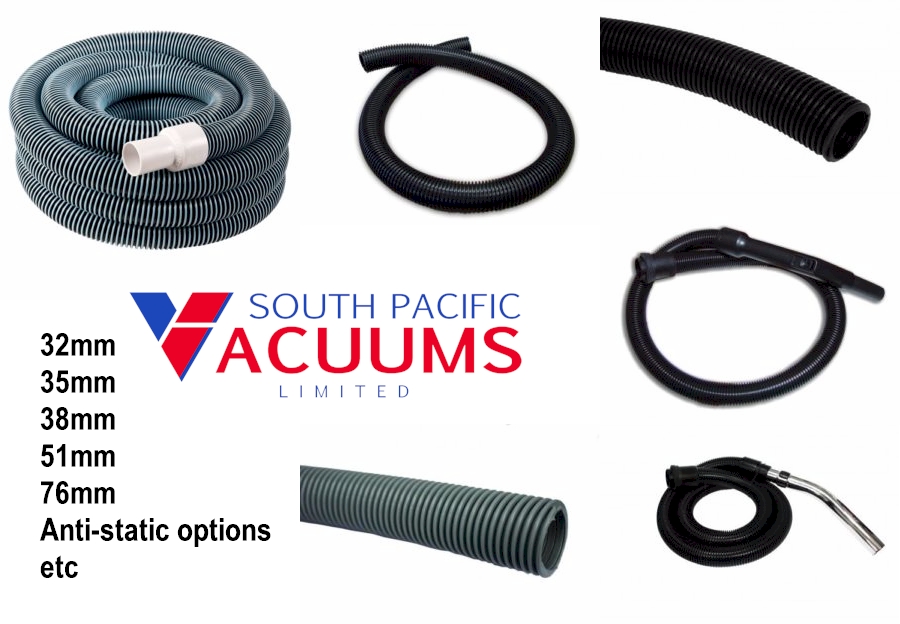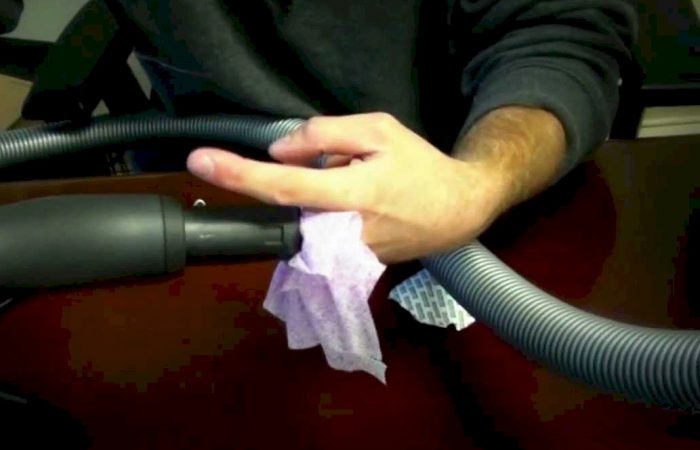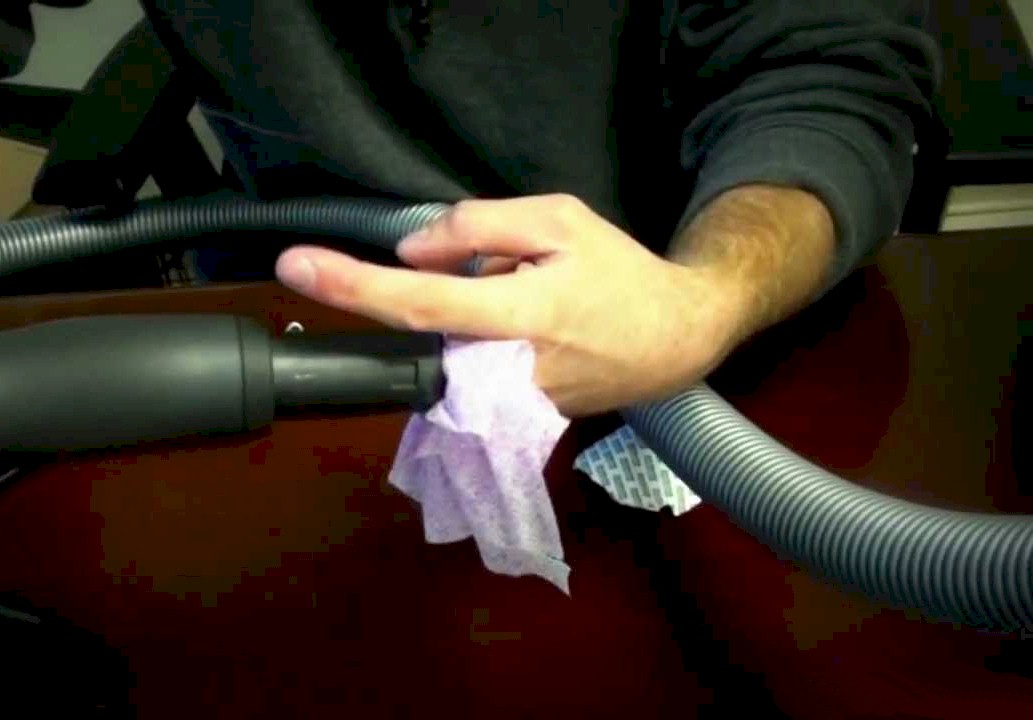How To Unclog And Clean A Vacuum Hose
You’d be surprised just how dirty it can get — so maybe it’s time for a vacuum hose clean.
You use a vacuum to clean your workplace or home — but do you ever clean your vacuum and the hose? Just like any other piece of equipment, a vacuum has to be taken care of to work at its best.
In particular, the hose is a part of the vacuum that a lot of people use for cleaning, and over time, it’s going to get dirty. There’s even a chance that it may become blocked if you don’t keep up with regular maintenance.
That’s why we’re going to show you how to clean a vacuum hose so you’ll be able to keep cleaning efficiently.
How Often Should I Clean It?
On average, everyone’s vacuum hose should be cleaned around once per month. But it may be more or less than this depending on how often you vacuum.
So, it’s best to visually inspect inside the hose after a deep clean. This way, you can check for any obvious clogs that will affect the performance of the vacuum during your next use.
Signs It Is Clogged
Most of the time, it’s going to be obvious that it is clogged. There will be a loss of suction and you’ll have trouble picking up dirt and debris. Also, look for your vacuum blowing out dust or making a strange noise when you use it.
Additionally, if you notice a bad smell coming from your vacuum hose, this is an indicator that food has become stuck and started to rot.
Thankfully, all of these problems don’t necessarily mean it has to be replaced. This is only necessary if there’s a hole or rip causing an air leak. It likely just needs a good scrubbing.
How To Clean A Vacuum Hose
Now you know there’s an issue, you need to know how to clean it properly. Let’s go through the six steps.
1. Detach
To begin cleaning, the first step is to detach it from the vacuum. How you do this will vary depending on the brand and model you have. Normally, it will involve twisting out the hose or pressing a button.
The most important thing is to avoid using excessive force. It’s not designed to be difficult — if it doesn’t feel right, there may be another way to detach it. If you’re not sure how to remove it, stop and check the user manual.
Remember – Always switch off and unplug the vacuum first.
2. Unclog And Remove Clumps
Next, it’s time to remove any debris and clumps of dirt that are visible in the hose. Simply lay it out flat and straight on the floor or a table to do this.
You can use something thin and long to push any clumps out from inside. We’d recommend using the handle of a broom or mop for this. This should force out anything wedged in the middle that can’t easily be reached.
Just be careful as a vacuum hose is made from a flexible, lightweight material. The last thing you want to do is cause a hole by being too forceful.
3. Wash Out the Vacuum Hose
A good way to get rid of the dirt that’s sticking to the inner folds is to wash it out. You can fill up the tub with around 15 centimetres of water. Then mix in one or two squirts of dish soap or a mild detergent.
It’s best to totally submerge the hose. This lets water move through the inside and cleanse the material. You can also clean its outer with a damp cloth. It’s wise to avoid using harsh chemicals in case this damages the material.
Do you want to sanitize your vacuum hose? Try using baking soda and distilled white vinegar for this job. These common household ingredients are a good way to get rid of bacteria and germs without choosing strong bleaches.
For example, the acetic acid found in vinegar can help to kill bacteria and prevent you from getting E. coli and other harmful bacteria. Try mixing half a cup of baking soda and two cups of vinegar with some water. Simply pour it through the hose and enjoy the magic fizzing.
4. Use A Bottle Cleaning Brush
If your vacuum hose is really dirty, there may be some stubborn grime you can’t get rid of. This is going to be mainly inside in the folds you can’t reach easily. So, for help with this job, you may want to use a bottle cleaning brush.
The bristles on this type of brush might be just what you need to scrub lingering and awkward dirt. They’re thin and long — just the right size to get into the middle.
5. Rinse The Inside
After cleaning and scrubbing the vacuum hose, it’s time to rinse it out. Take advantage of the water pressure directly from the faucet for this task.
Let the water run through the hose to flush out any loose dirt or grime. You may want to hold the hose in a ‘U’ shape. This way, you can shake the water around before it runs out the other side.
6. Let the Vacuum Hose Dry
Before connecting the hose back into your vacuum, it’s best to let it dry. To allow water to move out of the inner folds, you can hang it up.
This can be over a shower curtain rod or somewhere similar around the home or yard that allows excess water to drain out. You can also give it a quick shake too. Allow the hose to dry for several hours before fixing it back into place.
Then, it’s time to see if your hard work has helped. Hopefully, you should turn it on and notice a difference in suction or that there’s no longer a bad smell. If there’s still a problem with your vacuum, there may be another problem that needs to be repaired.

Hose & Accessories
We can supply virtually any vacuum hose and accessories for your vacuum and cleaning tools.
When it comes to replacement hoses, we have the lot.
- 32mm
- 35mm
- 38mm
- 51mm
- 76mm
- Anti-static options
- etc
Contact Us about Vacuum Hose Replacements
Call our Auckland Office on +64 9 520 20 30, Wellington Office +64 4 234 1020 or use the contact form below:
Like most businesses we’re social – you can follow us on: Facebook, Instagram, LinkedIn, Twitter
Follow us and we’ll follow you, now that’s social.


